Seokjeongdaek House (석정댁)
16.7Km 2024-08-01
6 , Gaesil 2-gil, Goryeong-gun, Gyeongsangbuk-do
+82-54-956-4022, +82-10-3207-4022
Seokjeongdaek is a hanok guest house in Gaesil Village, Goryeong, Gyeongsangbuk-do - hometown of the descendants of Joseon scholar Kim Jong-jik. It consists of two guestrooms plus one living room and kitchen, making it ideal for families and groups. The rooms have air conditioning and cooking facilities, and outdoor barbecues are also available. In the village, visitors can experience the atmosphere of the old countryside, sampling traditional farming and craft skills plus traditional pastimes and food.
Lang Studio (랑 스튜디오)
16.7Km 2024-08-01
37 , Gaesil 1-gil, Goryeong-gun, Gyeongsangbuk-do
+82-54-956-4022, +82-10-3207-4022
Rang Studio is a white-painted hanok guesthouse in Gaesil Village, Goryeong, Gyeongsangbuk-do - hometown of the descendants of Joseon scholar Kim Jong-jik. The guestroom is equipped with a bathroom plus a kitchen with cooking utensils provided. Therfe is an outdoor barbecue, but visitors should bring their own charcoal. In the village, visitors can experience the atmosphere of the old countryside, sampling traditional farming and craft skills plus traditional pastimes and food.
The House of Soccer kkumnamu (Future Soccer Player) (축구꿈나무집)
16.7Km 2024-08-05
35 , Gaesil 1-gil, Goryeong-gun, Gyeongsangbuk-do
+82-54-956-4022, +82-10-3207-4022
Dreams of Football Timberhouse is a hanok guest house in Gaesil Village, Gyeongsangbuk-do - hometown of the descendants of Joseon scholar Kim Jong-jik. The guesthouse has 2/3 rooms and a lawn; and one of the rooms has barbecue facilities outside. In the village, visitors can experience traditional farming (planting rice and digging sweet potatoes) and traditional craft skills such as kite making and straw weaving; as well as making taffy and sweet rice cake, catching mudfish and ice sledding.
Ungidaek House (인심좋은웅기댁)
16.7Km 2024-08-01
32 , Gaesil 1-gil, Goryeong-gun, Gyeongsangbuk-do
+82-54-956-4022, +82-10-3207-4022
Generous Unggi House is a clay-walled hanok guest house in Gaesil Village, Gyeongsangbuk-do - hometown of the descendants of Joseon scholar Kim Jong-jik. Guest rooms have toilets and cooking facilities. Behind the house rises Hwagae Mountain, Jeomubong Peak and a 350-year-old bamboo forest. Visitors can experience traditional farming (planting rice and digging sweet potatoes) and traditional craft skills such as kite making and straw weaving; as well as making taffy and sweet rice cake, catching mudfish and ice sledding.
Goryeong Janggi-ri Rock Art (고령 장기리 암각화)
18.0Km 2022-12-29
15-5, Araealteo-gil, Goryeong-gun, Gyeongsangbuk-do
+82-54-955-2201
Yangjeondong Rock Art (discovered in 1971) is a rock painting 3 meters high and 5.5 meters wide that vividly depicts the life and religion of the Prehistoric Age. Rock art from the time period was created on rocks or other planes considered to be sacred and usually carried a message of fertility. The artwork of Yangjeondong shows layered circles (symbolizing the sun and the moon), crosses (depicting the “life zone” of the tribe), and 17 masks. The artwork is considered to have been used for ceremonial purposes or farming events.
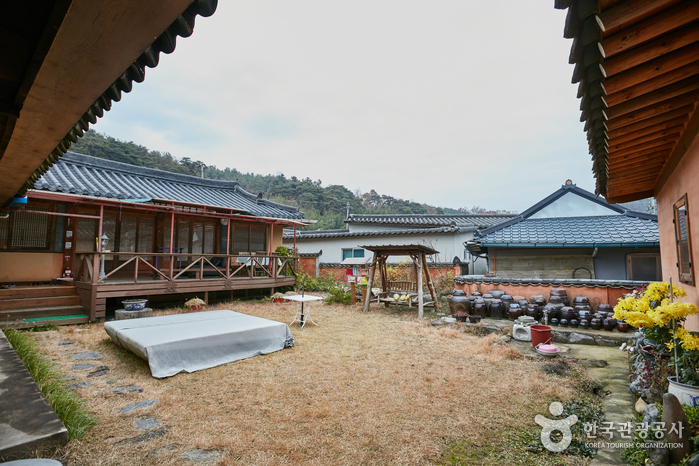
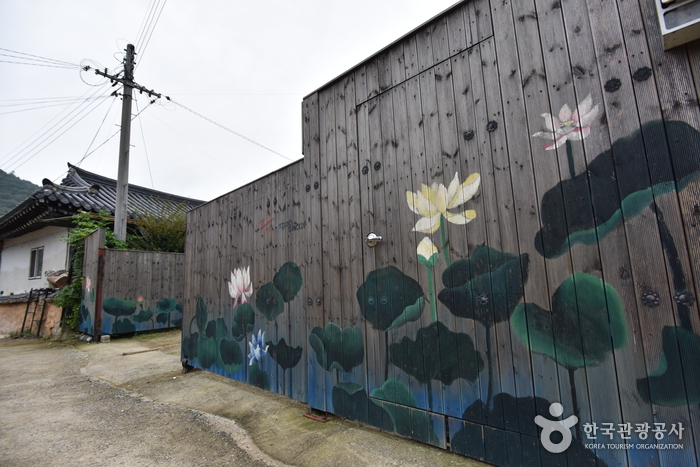
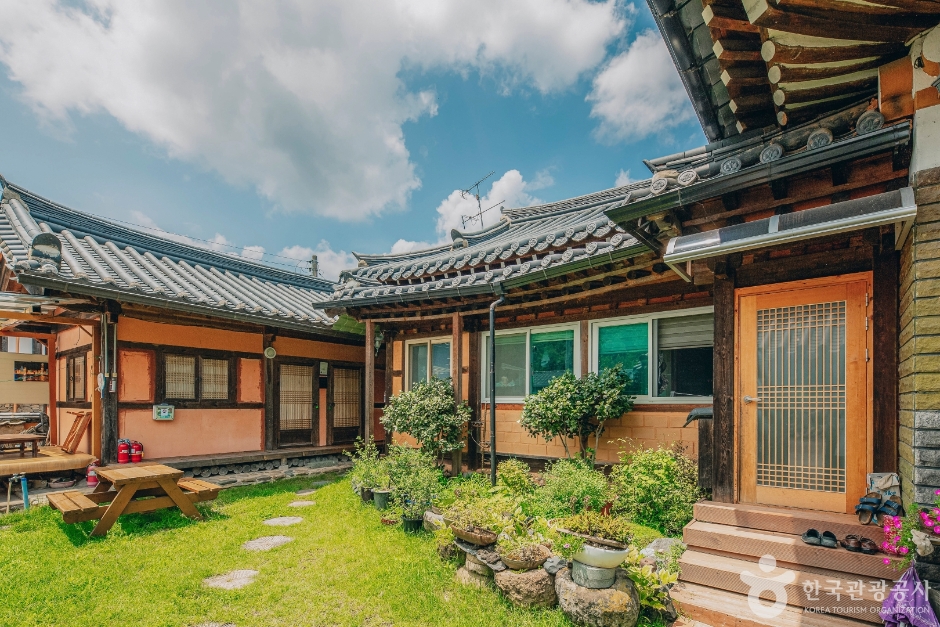
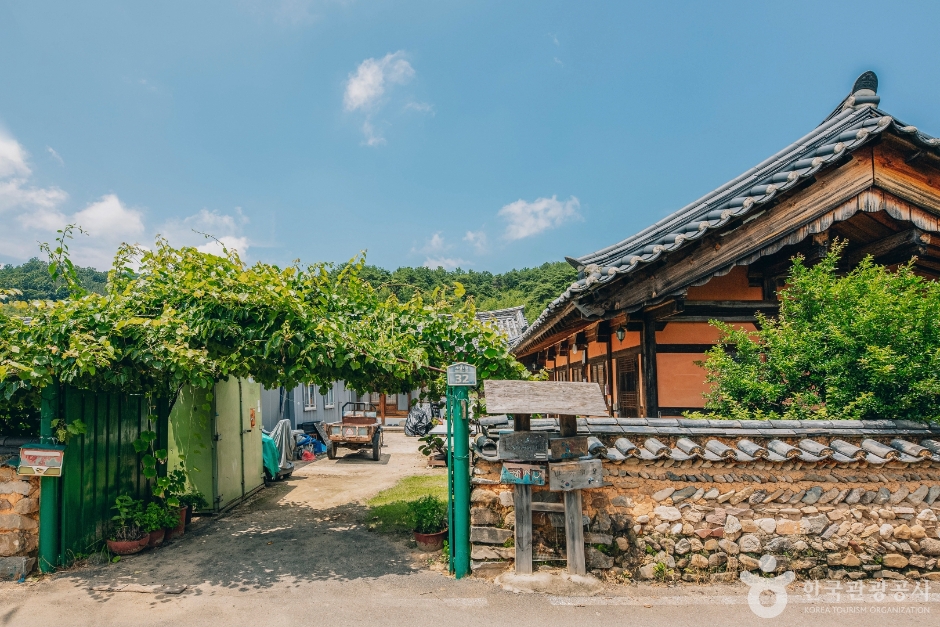
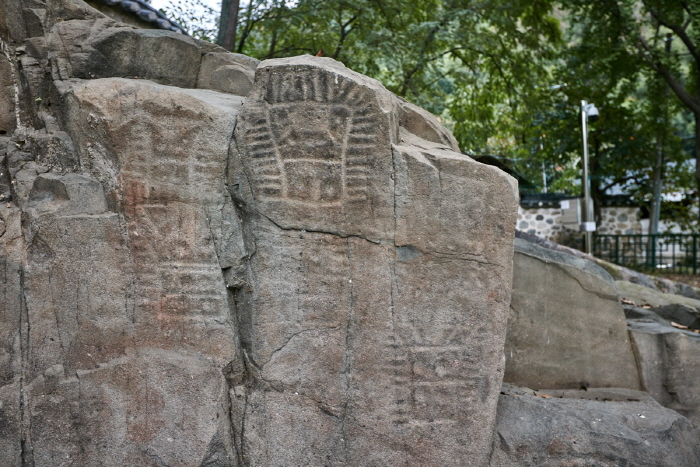
 English
English
 한국어
한국어 日本語
日本語 中文(简体)
中文(简体) Deutsch
Deutsch Français
Français Español
Español Русский
Русский